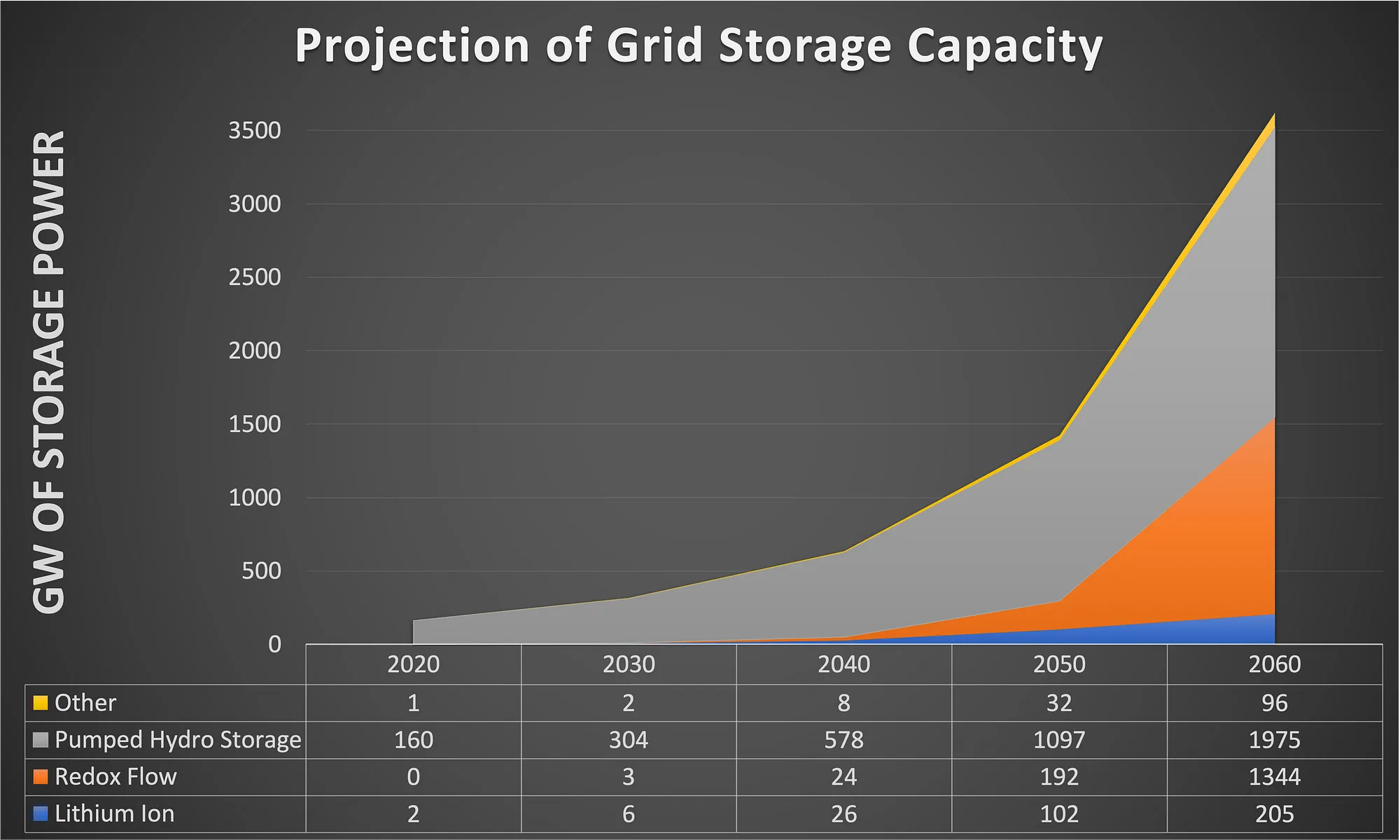
By Tegan Hill and Elmira Aliakbari, Fraser Institute
Alberta home prices are surging. Now, new federal regulations aimed at “decarbonizing” the building sector will push housing prices in the province even higher with very little environmental benefit.
As part of the Trudeau government’s 2030 emissions reduction plan, which aims to reduce Canada’s greenhouse gas emissions to 40 per cent of 2005 levels, the government has mandated new net-zero building codes. For residential homes, the plan mandates that “new buildings use 61 per cent less energy by 2025 and 65 per cent less energy by 2030 in comparison to 2019.” And new commercial buildings must “use 47 per cent less energy by 2025 and 59 per cent less energy by 2030 in comparison to 2019.”
Amid a cost of living crisis, the new energy efficiency requirements will come with big costs to Albertans, particularly with respect to home prices. In fact, a recent study estimates these new regulations will add more than $35,000 to the cost of newly constructed homes in Alberta by 2030.
That’s a big problem.
Alberta is currently experiencing massive population growth. In 2022, the population grew by 164,793 people while just 29,837 new homes were built. In 2023, Alberta’s population is projected to grow by a staggering 199,000 people. Put simply, new construction is not keeping up with Alberta’s growing population. And when supply can’t keep up with demand, prices increase.
For instance, in just a year, Calgary home prices have increased by 4.2 per cent, the biggest increase among more than 50 markets including Toronto and Vancouver. In Alberta more broadly, according to the Canadian Real Estate Association, the average home price will increase by $30,470 (6.8 per cent) in 2024. Again, higher building costs associated with Ottawa’s emissions reduction plan will only further push up housing prices.
And because older and higher-income Albertans are often already homeowners—and these regulations will mainly affect the price of new homes—the costs will fall disproportionately on younger Albertans looking to enter the housing market.
The study also predicts the stricter building regulations will lead to a 1.2 per cent contraction in Alberta’s economy as of 2030. So not only will Ottawa’s plan increase housing prices, it will hinder provincial prosperity more broadly.
These types of regulations might be warranted if they led to environmental benefits that exceeded these costs, but evidence suggests otherwise. Energy efficiency mandates, in practice, often fall short of achieving meaningful reductions in emissions. While they make it cheaper to heat or light your home due to greater energy efficiency, for instance, they can also inadvertently lead to increased energy usage, a phenomenon known as the “rebound effect.” Basically, homeowners use the savings from greater energy efficiency to purchase other goods and services, which can then increase emissions. Over time, this can effectively cancel out most of the initial energy savings achieved through stricter efficiency rules. In fact, the same study estimates that the emission reductions in Alberta resulting from the new energy efficiency rules will only be around 1 per cent by 2030.
New federal regulations will come with huge costs to Albertans at a time when the economy is struggling and housing is already unaffordable. Federal policymakers should seriously rethink these policy changes, particularly as they will have very little environmental benefit.
Share This:




